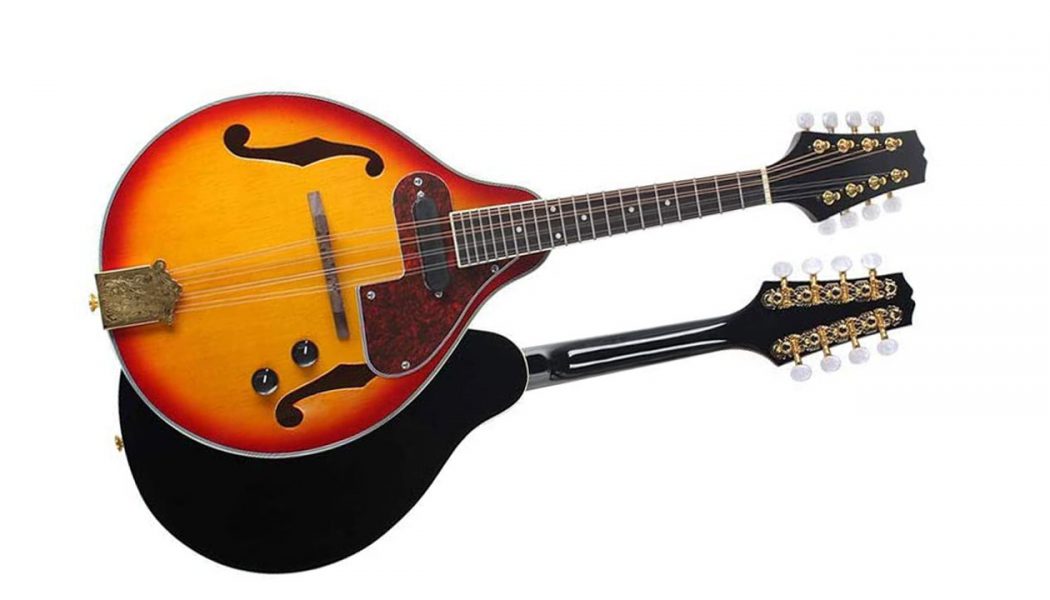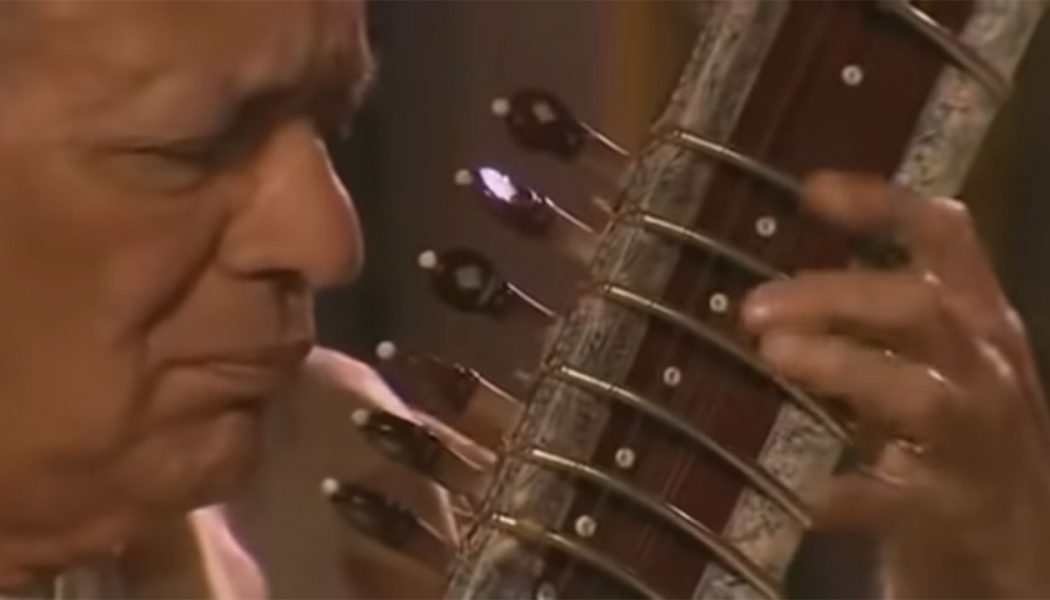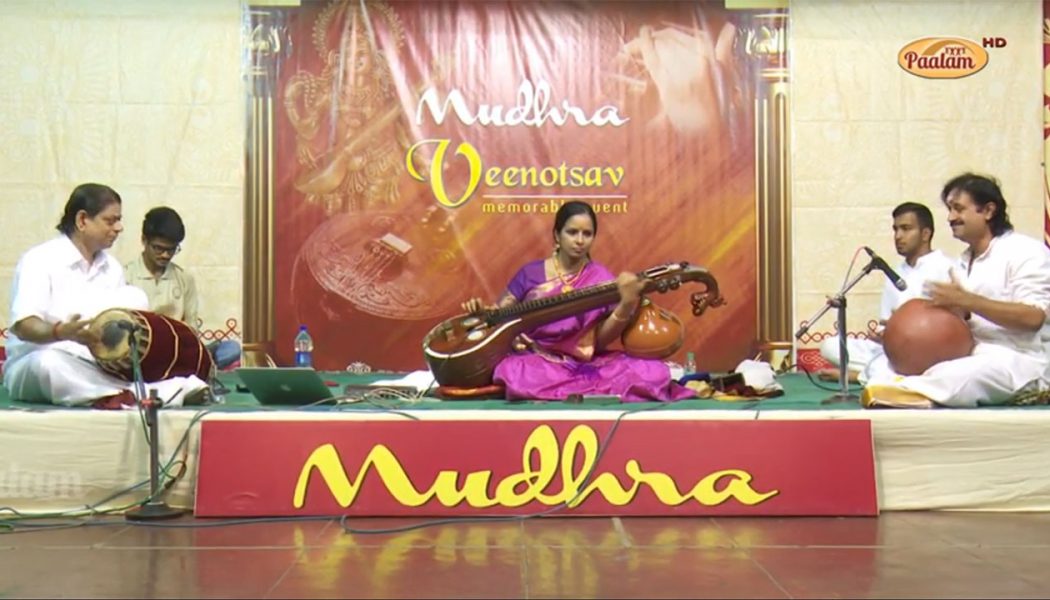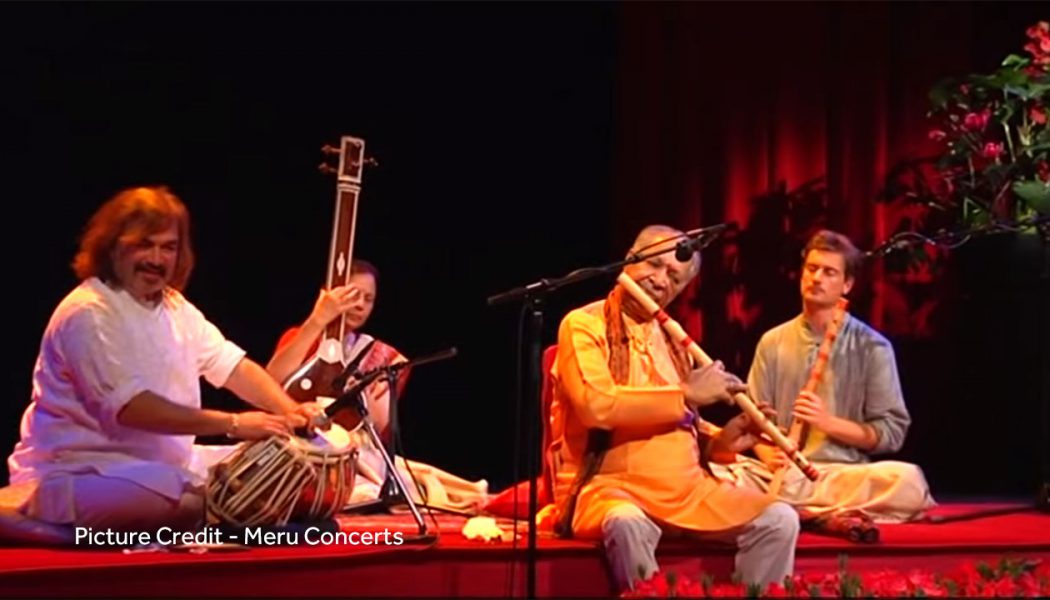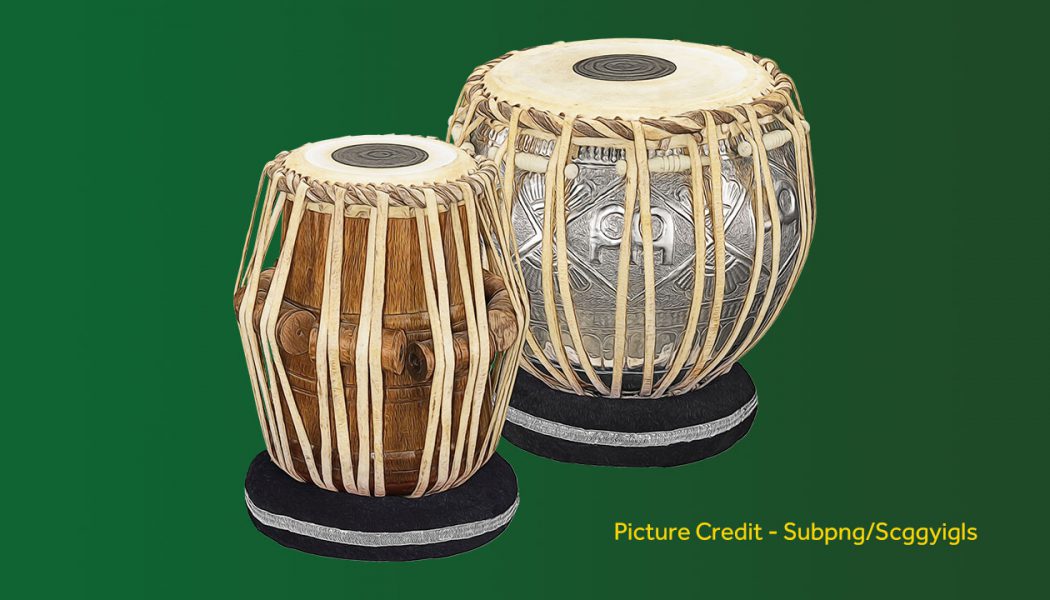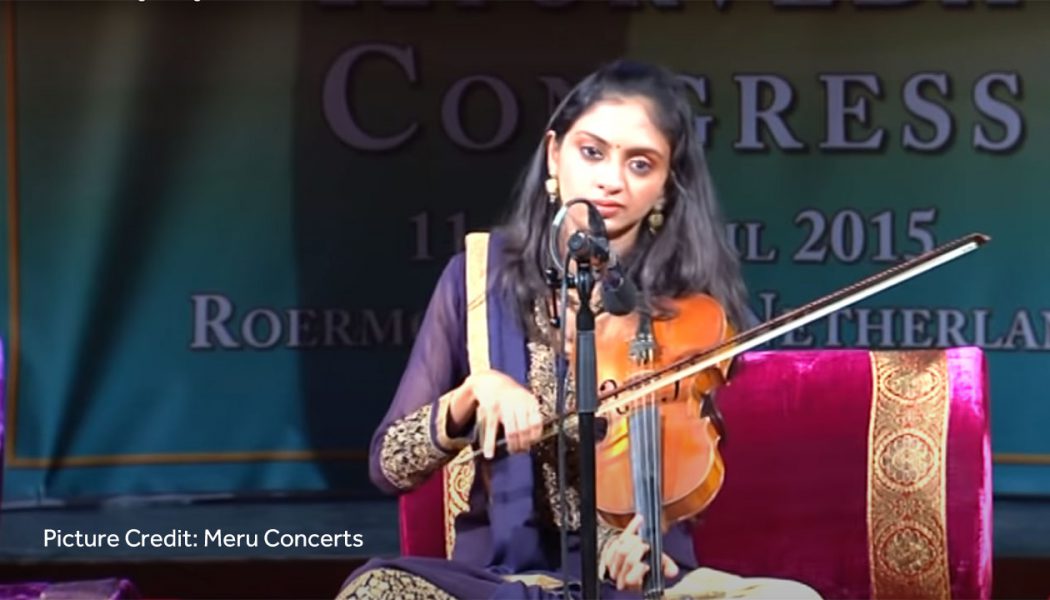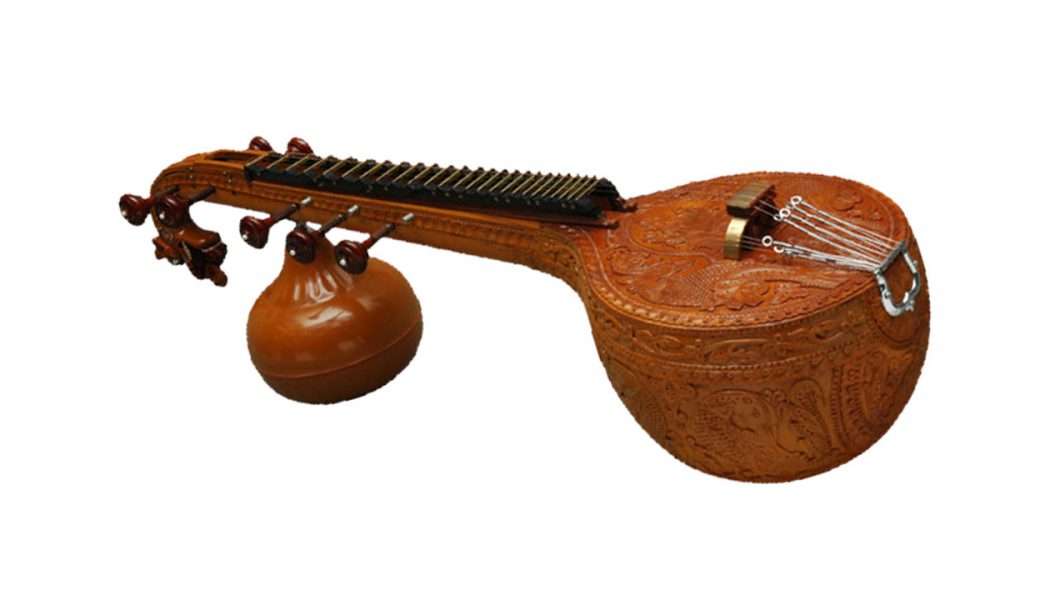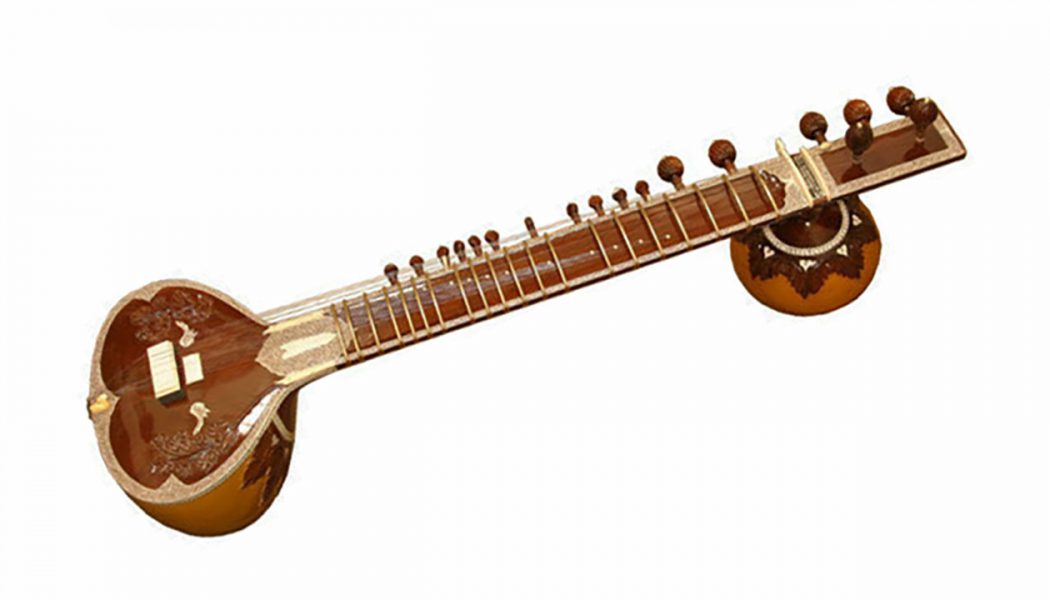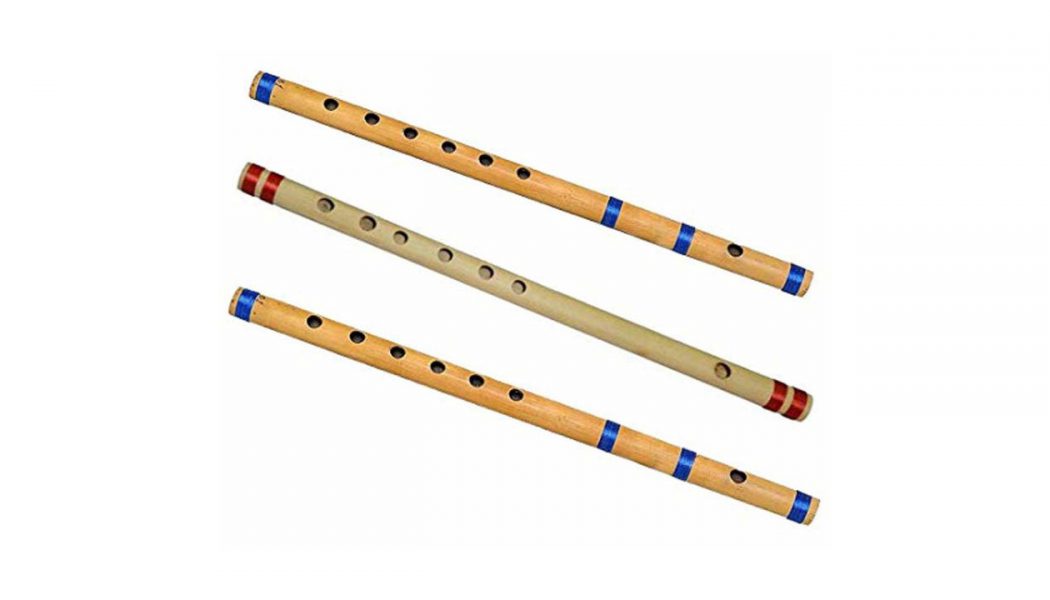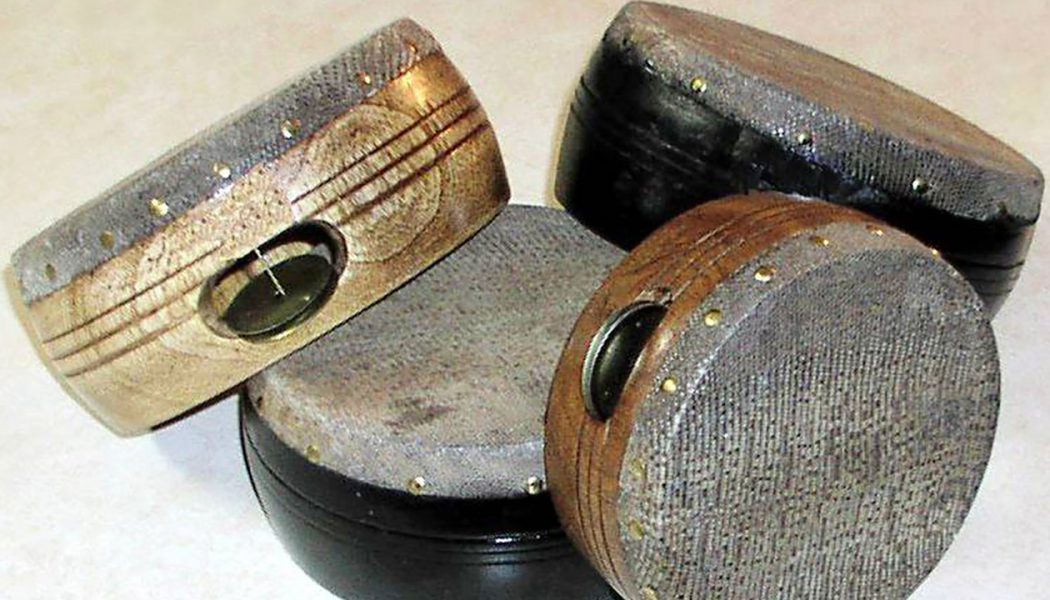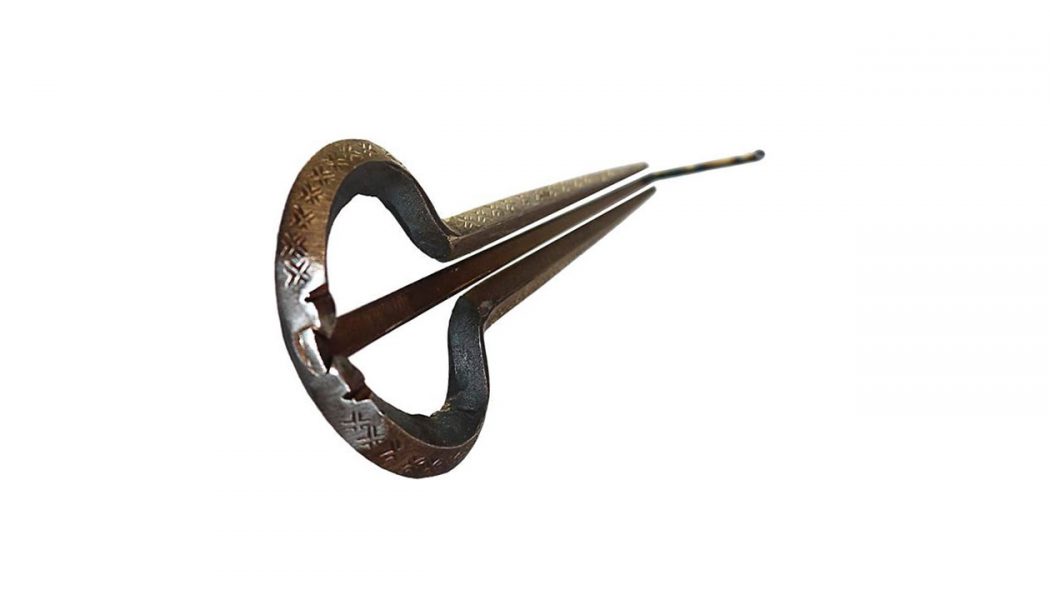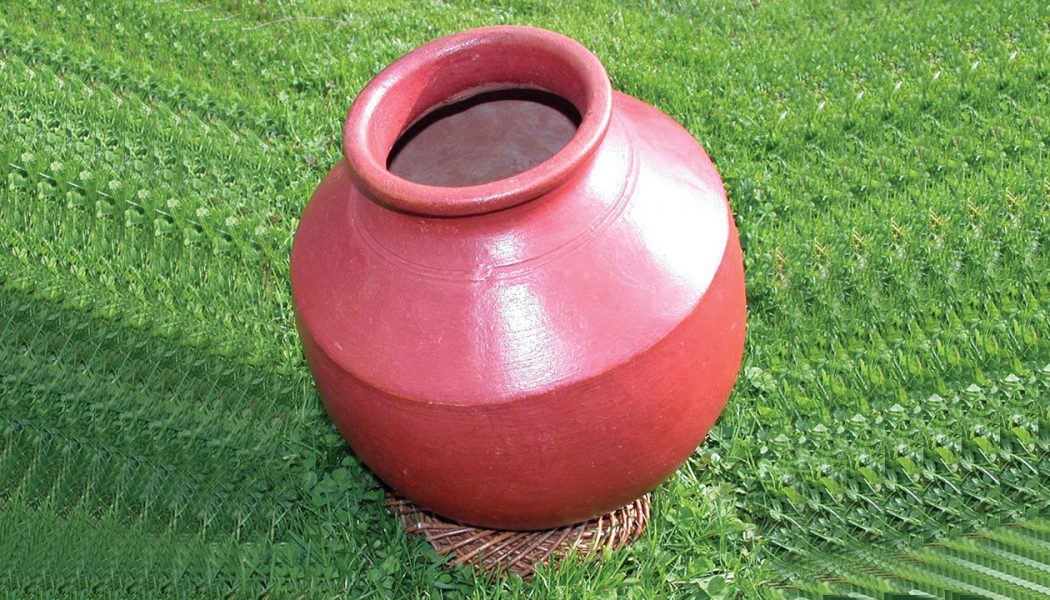Musical Instruments
Mandolin
Mandolin is a stringed musical instrument which belongs to the Lute family of musical instruments. Mandolins normally have four pairs (course) of double metal strings – that is eight strings. There are five and six course string versions of Mandolins in use. Being a Plucked Instrument, it is usually plucked using a plectrum. The tuning of a Mandolin is like that of a Violin, where its strings are tuned in an interval of “perfect fifths” – G3, D4, A4 and E5. Most common types of Mandolins are Neapolitan or Round-Backed, Archtop and Flat-Backed Mandolin. Each style has its own sound quality and normally associated with a particular form of music. Neapolitan Mandolins are primarily used in European Classical Music. American Folk Music and Bluegrass Music use the Archto...
Instrumental Music – Sitar Concert
When we think of Sitar, the first and foremost name that comes to our mind is Pandit Ravi Shankar and here is a live concert by Ravi Shankar and Anoushka Shankar. Pandit Ravi Shankar does not need any introduction who was an Indian Sitar vidwan and also a composer. He was born in April 1920 and died in December 2012 and became the world’s best-known North Indian Classical music exponent. Pandit Ravi Shankar was born to a Bengali Brahmin family – original name Robindro Shaunkor Chowdhury in Bengali. He was active in a dance group of his brother Uday Shankar as a dancer during his youth. He started learning Sitar under the court musician Allauddin Khan in 1938, giving up dancing. After his studies, he worked as composer and was Music Director of All India Radio (AIR) in New Delhi...
Instrumental Music – Veena Concert
One of my favourite musical instruments, Veena – my mother used to play it. Close your eyes and listen to the songs on Veena, you can feel its divinity. I am presenting to you one of India’s famous Veena artist Dr. Jayanthi Kumaresh and her live Veena Concert today. Dr. Jayanthi belongs to the lineage of Carnatic musicians for six generations. She started playing the Saraswathi Veena at the age of three. Her first teacher was her mother, Smt. Lalgudi Rajalakshmi. She underwent further training from Smt. Padmavathy Ananthagopalan, her maternal aunt. Dr. Jayanthi is the niece of the legendary Violinist Sri. Lalgudi Jayaraman. Dr.Jayanthi is married to Vidwan Kumaresh Rajagopalan a famous violinist and the younger of the Ganesh-Kumaresh Violinist duo. Collaborations and Initiative...
Instrumental Music – Flute Concert
Presenting to you a live Flute Concert by legendary Pandit Hariprasad Chaurasia. He is rendering the Raga Kirwani on a bamboo flute at the TheaterHotel de Oranjerie, Roermond, The Netherlands. On Tabla, it is Pandit Vijay Ghate. Pandit Hariprasad Chaurasia is an Indian Music Director and a Hindustani Classical Flautist born in Allahabad in 1938. He lost his mother at an early age and learned music and practised at his friend’s house, without his father’s knowledge. His father wanted him to become a wrestler. Music Life He started vocal music from his neighbour Rajaram and switched to playing flute. He was trained under Sri. Bholanath Prasanna of Varanasi for eight years. He joined the All India Radio (AIR) Cuttack in 1957 to work as a composer and performer. Awards and Accolade...
Tabla
Tabla does not need an introduction to many, like Mridangam, Guitar and similar musical instruments. But there could be few who are not familiar with Tabla. This article is for them. Like Mridangam, Tabla is also having its origin from the Indian Subcontinent. Tabla is an important instrument in Hindustani Classical Music almost since the 18th Century. It is a pair of Twin Hand Drums. The name could have come from the word “Tabl” which is an Arabic word for “Drum”. The two drums of Tabla are small but of different sizes and shapes. The single header, hollow body of the drums are made of wood, clay or metal. A membrane usually leather is stretched over the open end of the body and tightened with the help of straps. The smaller drum is known as “Daya” R...
Instrumental Music – Violin Concert
Today, we are going to watch a live Violin Concert with just three instruments Violin, Tabla and Harmonium. Violin is played by Ms. Ragini Shankar, who is an Indian Violinist, performing the Hindustani Classical Music and Fusion. She started her training at age 4 and her first performance was when she was 11 years old. Ragini is a Mechanical Engineer who also holds a Master’s degree in Music. She has performed in India as well as various foreign countries on different occasions. Ragini Shankar has been trained by her renowned Violinist mother Mrs. Sangeeta Shankar and grand mother and legendary Violinist Padma Bhushan Dr. N Rajam. Her sister Nandini Shankar is also a Violinist who performs Hindustani Classical Music. It is really great to have three generations Grand Mother, Mother a...
Veena
Veena is another Plucked String Instrument belonging to the Chordophone family of musical instruments. The origin of Veena is from the Indian Subcontinent. There are different types of Veenas like Rudra Veena, Saraswathi Veena, Vichitra Veena, Gupta Veena, Kinnari Veena etc. The South Indian Veena design is a Lute. Lute is a Plucked String Instrument, which has a long Neck and having Frets. It has a rounded body with a flat front and a halved egg shape. Veena is used in South Indian Classical Music as main instrument as well as accompaniment. The North Indian Veena design which is used in Hindustani Classical Music, is a Stick Zither. The word Zither is derived from the Greek Word “Cithara” and Zither is basically a stringed instrument. Stick Zither has only one flexed end and ...
Sitar
Sitar is a musical instrument belonging to the family of Plucked String Instruments. It is widely used in the Hindustani Classical Music concerts and has an origin from the Indian Subcontinent. Plucked string instruments are played by plucking the strings – which in a way is pulling and releasing a string, causing it to vibrate. Fingers or Plectrum (Pick) can be used to pluck the string. Most string instruments belong to the Lute family. A Lute is a plucked string instrument with a neck and deep round back enclosing a hollow cavity. It will have a sound hole or opening in the body. It may be fretted or unfretted. A Fret is a space between two Fret bars on the neck of a string instrument. Frets divide the neck into fixed segments at intervals related to musical framework. Structure Th...
Flute
Flute is a wind instrument and belongs to the woodwind group of musical instruments. It is an aerophone or reedless instrument, unlike the Harmonium which also produce sound by the flow of air through an opening. Flutes are categorized as edge-blown aerophones. Aerophone is a type of musical instrument which produces sound by causing a body of air to vibrate. It does not use strings (chordophones) or membranes (membrophones) in producing the sound. Also, it does not vibrate considerably on its own (idiophones), while producing the sound. A system of musical instrument classification was devised by Erich Mortiz Von Hornbostel and Curt Sachs in 1914 called Hornbostel-Sachs or Sachs-Hornbostel. According to this classification, Flues are classified as “Edge-Blown Aerophones”. Orig...
Kanjira or Ganjira
Kanjira or Ganjira is a hand percussion instrument which belongs to the family of Drumhead instruments – Tambourines. A Drumhead or Drum Skin is a membrane stretched over one or both ends of a wooden or metallic drum. Kanjira or Ganjira is the South Indian Frame Drum mainly used as a supporting instrument for Mridangam in Carnatic Music concerts. The wooden frame, about 7 to 9 inches diameter, is made of Jack Fruit tree and Monitor Lizard skin is stretched over on one side. The depth is about 2 to 4 inches. It is also known as Dafli in North India. Kanjira is used normally as a folk Bhajan instrument over centuries in India. It has one pair of Jingles fitted on to the frame. Tambourine consists of a wood, plastic or metal frame with pairs of metal Jingles and a leather stretched and ...
Morsing or Jaw Harp
Morsing is a hand-percussion instrument used in Carnatic Music, Rajasthani music and also in Assam, Bengal and Sindh-Pakistan. It is known as Mukharshanku, Mourching also. Design The instrument is made of a metal ring which has a shape of horseshow. There are two parallel forks forming the frame and a metal tongue in the middle, between the forks. The forks are and the tongue are fitter to the horseshoe shaped ring at one end and the other end free to vibrate. The metal tongue is bent at the free end, in a plane perpendicular to the circular ring. It is stuck at the end thus making a vibration. The bent part is called a Trigger. The pitch of the instrument can be varied slightly by applying beeswax at the plucking end. The pitch can only be reduced however. Though the origin of the instrum...
Ghatam
Ghatam is one of the percussion instruments in India. It is basically a clay pot with a narrow mouth much similar to the one people use to carry water in villages. The composition of the materials used for making the Ghatam is much different from that used for making the local clay pots. In Carnatic Music concerts, Ghatam is an integral part and is played along with Mridangam. Structure and Quality It is made mainly of clay, backed with brass or copper fillings and small quantities of iron fillings to strengthen the structure as well as produce quality sound. The pitch of the sound produced by the Ghatam varies depending upon its size. A Ghatam is made specifically to be used as a musical instrument. The walls of the Ghatam must be of even thickness to produce an even tone. Ghatams are mai...
